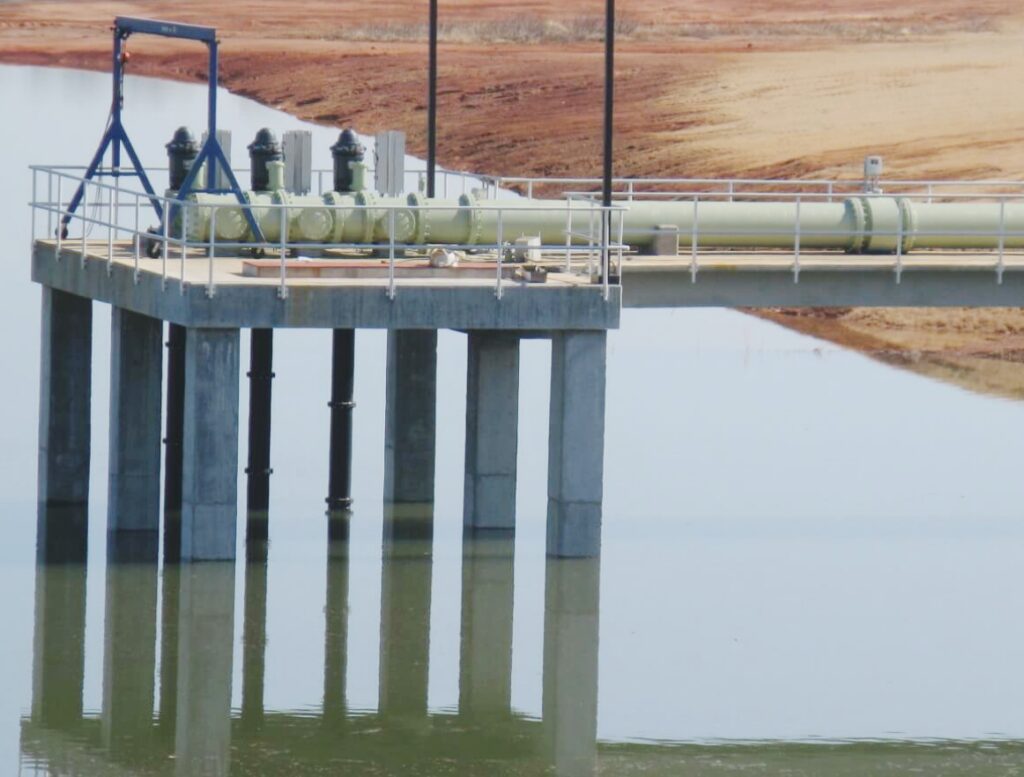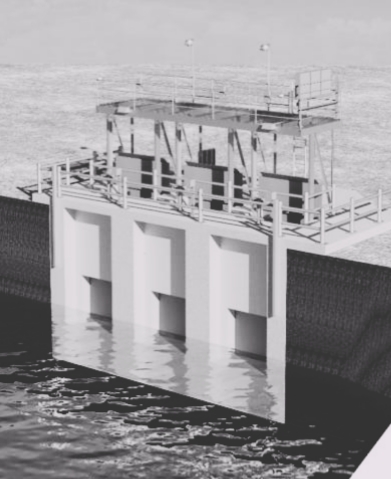This blog post is related to intake structure and all the important things related to the intake structure.
Table of Contents
What is Intake Structure?
Intake structure is a used to store and redirect water into an inlet line. Water is send to treatment plant from the inlet line.

It consists of orifices, gratings or screens, valves, actuators, pumps, structures or housings that support the suction lines. The main function of water intake works is to collect water from a water source and discharge the collected water either with the help of pumps or directly to a sewage treatment plant.
What is River Intake Struture?
An abstraction tower built on the bank of a river to obtain water is an abstraction of the river. It is an intake tower constructed of masonry or RCC and fitted with multiple inlets called penstocks. These penstocks are placed at different levels to accommodate minimum, average and maximum flow of river water. Sometimes only two penstocks are provided. A port screen is installed at the entrance to prevent garbage from entering.

To control or regulate the flow, a valve is provided in the pressure line and can be operated from the control room. A pump is installed in the upper part of the control room. It is a wet type water intake, in which water accumulates in the water intake tower when the slide or valve is closed. A dry inlet has no water tower when the gate or valve is closed.
A typical wet river inlet, the water is always so wet that it fills the intake tower sump well. Wet suction can be changed to dry suction by connecting a pressure pipe directly to the suction line of the pump, so water does not flow well to the sump. Extraction towers are somewhat easier to find if the bed is unstable. Offset from river bed. In this type of river inlet, pipes direct water from a submerged inlet to a siphon well, which then lifts the water and sends it through the power grid to a treatment plant.
The water available in the river may not be enough to meet the demands of the k-season. In this case, a dam or weir is built across the river to meet the dry demand, called the next reservoir. In such a case, a water intake tower is built, which is called a reservoir water intake. There are two types of reservoir inlets commonly used: earth dams and gravity dams.
Earthen Darn consists of a water intake tower built at the upper base of the dam, the intake is capable of pumping a sufficient amount of water even in the worst conditions. Pressure pipes are installed at different levels, from which water is taken. A hemispherical screen is installed at the entrance of these pressure pipes to prevent floating matter from entering.
A valve is provided in the pressure line to control and regulate the flow of water. This inlet is a dry inlet because there is no water in the inlet tower. A ladder or walkway is provided from the control room for inspection and cleaning within the enclosure.
Gravity dams have two alternative forms of inlet work, he said: single-port and multi-port. Water entry is through a single orifice that incorporates a debris rake structure that controls the ingress of debris and other suspended matter. These are made in the form of semi-polygonal grids of iron or steel bars. Gates or sometimes valves housed in the body of the dam itself are commonly used to control the flow.
An intake well will be installed in the dam body. Water enters the wells through inlet ports located at different levels and fitted with screened vents.
Types of Intake Structure
Different types of abstractions are used for different surface water sources. Various types of shots are commonly used.
Public recording: An inlet is exposed if it is built above the pool with the casing or inlet tower visible.
Wet pickup: Wet suction water is allowed in the suction tower or control room with the gate (valve) closed and the inlet opening inside the housing.
Dry pickup: With the inlet (valve) closed, there is no water in the inlet tower or the inlet port goes directly to the manufacturing tube, but a service valve is used.
